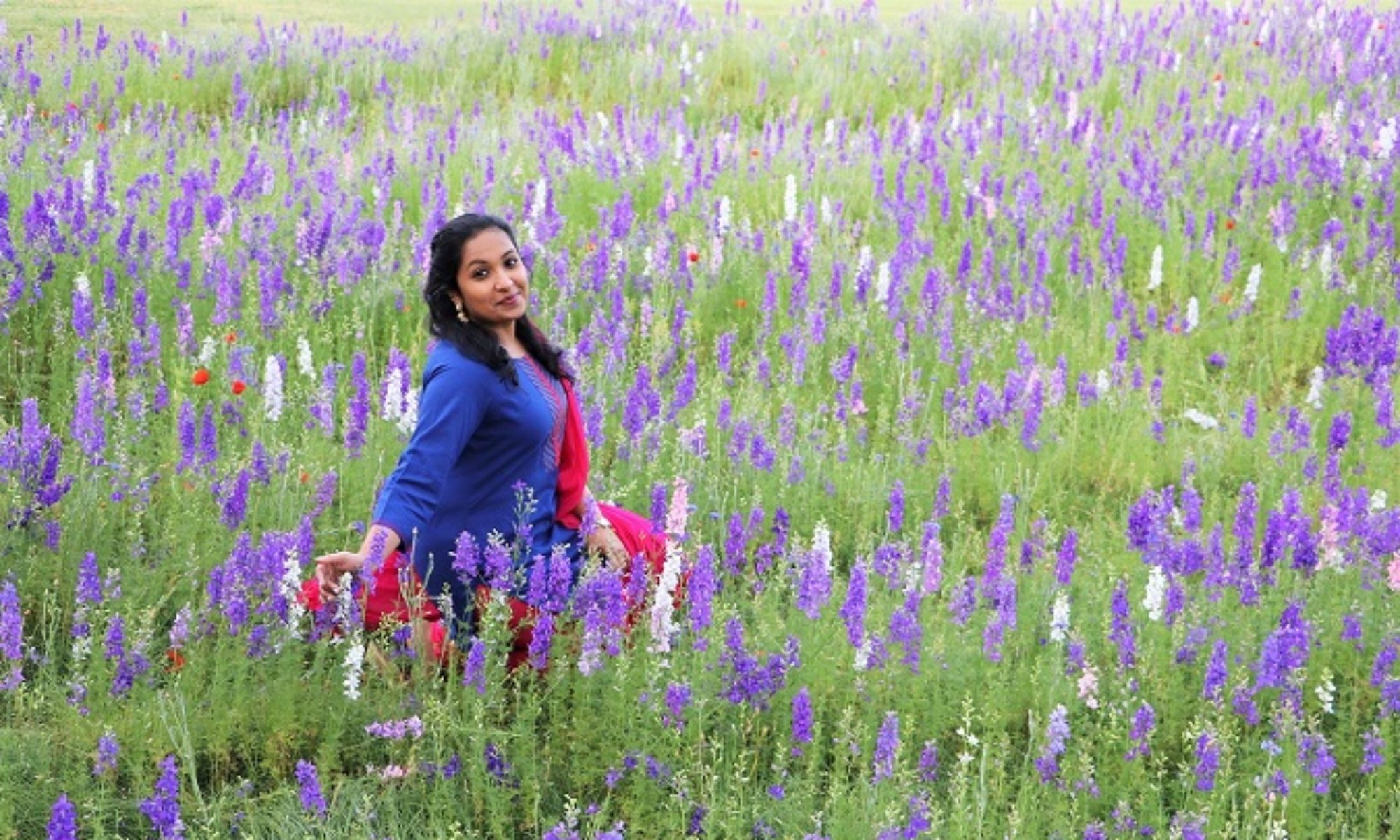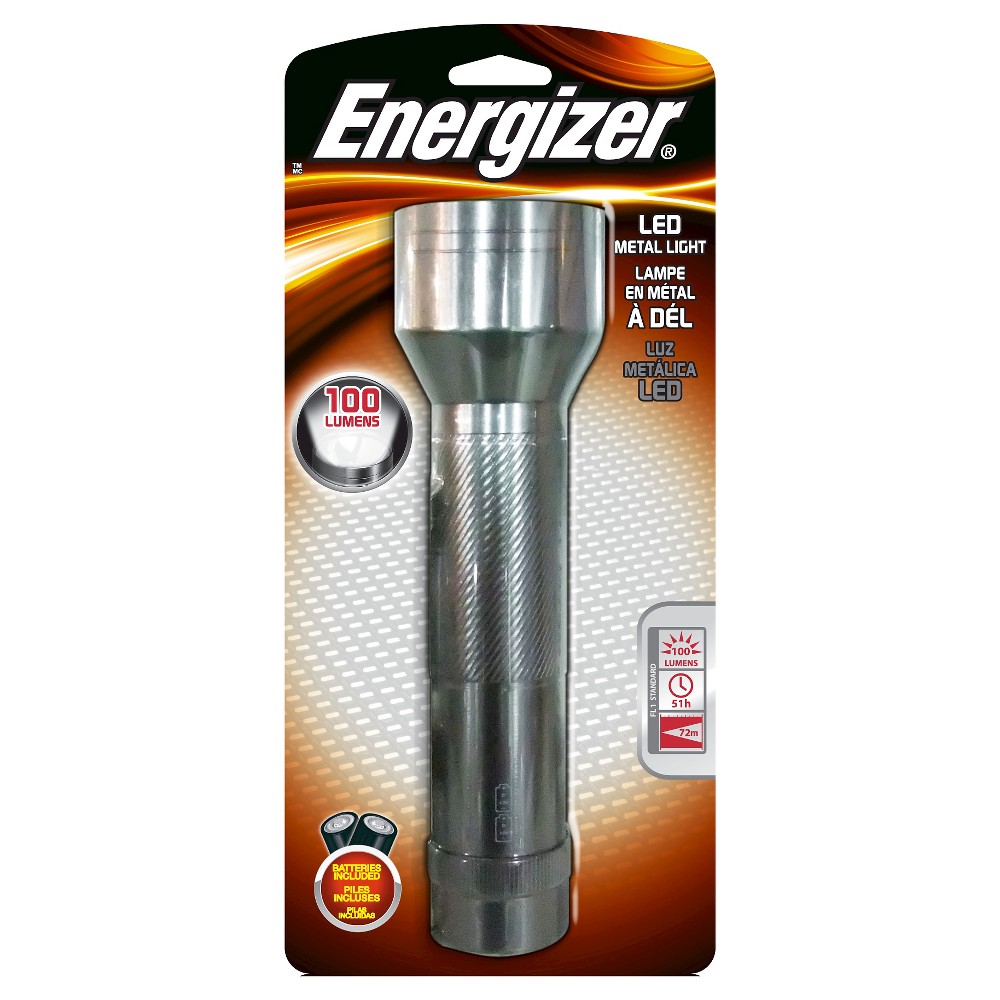
Also known as an epitome of love, the Taj Mahal is one of the most beautiful of the 7 wonders. When you stand beneath it, there is no wondering how it made it to that list. Shah Jahan, the Emperor built this white marble beauty in remembrance of his wife. Mumtaz, the third wife of Shah Jahan died from childbirth. Take a close look at the individually embedded stones in the Taj and you’ll see why it took this long. It took 22 years and over twenty thousand workers to finish this magnificent tombstone. The remains of Mumtaz was brought back to Taj Mahal after it was built. It was placed in a tombstone in the center. After Shah Jahan’s death, he was also buried in the Taj Mahal, next to his beloved wife.
If you are interested in visiting other places in North India, check out my Golden Triangle Tour. This consists of the beautiful cities of Rajasthan, Delhi and Agra. Here are a few things to keep in mind for Taj Mahal portion of our week trip!
1 If you want to see the Taj Mahal in all its beauty, go in the next 5 years. Several people I talked to said that the inside portion where the tomb lays might close off to the public. Our guide said this is because of all the damage done by visitors. In this last year, they have raised the price for local residents from 50 to 250 rupees (roughly 3.5 USD). They did this to limit the number of visitors in efforts to preserve it’s beauty.
2 The Taj is a very popular site, even for the local residents. Expect it to be crowded at any given time of the year. Try to go during the early mornings to avoid the large crowds and the heat. The booths open around 6am, but you can start lining up about 30-45 minutes before that. The crowd picks up again in the afternoons and it gets busy with families and locals until closing. Though there is an option to buy tickets online, it is better to buy it in person at the Taj. There is no limit to the number of people entering and there is no timing on the tickets.
3
This brings me to the next point.. India is very hot all year round. Along with the scorching sun in Agra, the Yamuna River also runs through Agra. This results in plenty of mosquitoes lurking around for that foreign blood. So make sure to use plenty of sunscreen and a good mosquito repellent. I bought the Kinven Anti Mosquito Repellent Bundle years ago for less than 15 bucks. I’ve been using the same one over and over for all my trips and it works great! As for sunscreen, my favorite brand is the banana boat. I found these Banana Boat travel packets that are great while on the go!
4 The most important thing to know would be that the Taj Mahal is closed on Fridays for tourists. It is only open to Muslims during their prayer times. It is open after sunrise to before sunset on all other days.

5 As you enter the Taj, you will be divided into men’s and women’s checking lines. All your personal belonging will be checked. There are several things that are strictly prohibited, such as big bags, luggage, any weapons, tripods and drones. You also cannot carry any food, tobacco or gum with you. If you have any of these, they will ask you to trash it before entering. You are allowed a small bag with your essential items, such as your cell phone, wallet, camera, etc. With your ticket comes a free bottle of water and shoe covers. You must wear the shoe covers as you enter the Taj, since it is a holy place.
6 Because of the cheap prices to enter, there may be people who are there for more than just site-seeing. Beware of pickpockets, who may take advantage of your distraction with taking pictures, enjoying the site and shopping for souvenirs. Always be aware of your surroundings and keep all your personal belongings close by at all times. If you are traveling with little kids, keep them at an arms distance. The crowds can get very rough, especially while entering and exiting doors/narrow ways. The price for a foreigner to enter is around 1000 rupees. Take out what you need and avoid flashing all your money. If you’re considering getting a fanny pack, check out this popular one!
7 I highly recommend you get a tour guide to see the Taj. Speak with the guide first to make sure they know your language prior to booking them. We found a great English speaking guide, who was well educated about the Taj and answered many of our questions. He also took our pictures and told us all the good angles to shoot from. It’s okay to reject a guide if you don’t feel they will be good. You can find another one instead, as there are many guides nearby the entrance. Bargain to get a good deal for the tour; we paid around 400 rupees for the 4 of us. Another option is the audio tour, which is great for people who want to go at their own pace instead.
8 It is a good walk from the entrance where the ticket booth is located to the actual entrance of Taj Mahal. There are also several horse carriages and other rides available (for $$) that takes you to the front. Regardless, there is a lot to walk all around…so, wear comfortable shoes! Some great options would be the ASICS Women’s Gel-venture 5 Running Shoe and Tiosebon athletic walking shoes. If you want a more stylish look, try the Sperry Boat Slip on Loafers!

9 Don’t buy the overpriced souvenirs in the complex of the Taj. The shop will have someone sitting outside, “making” the souvenirs. They will tell you that their grandfathers shop has been there for so many years. I bought a marble piece from one of the shops after some bargaining. Then I saw that same exact souvenir a day later on the street for one third of the price.
1
0 If you’re in Agra, I’m guessing you will also be visiting the other famous attractions, such as the Red Fort, Tomb of Itmad-ud-Daula and the Tomb of Akbar the Great. Save the Taj Mahal for the last site, even if it means saving it for the following morning. Reason being, after seeing the Taj Mahal, all the other sites seem just average. Enjoy the beauty and fine details of all the other monuments and sites prior to the visiting the Taj Mahal.
There are many more things to keep in mind as you visit other parts of India, so check out the Namaste India post! You can also check out the official Taj Mahal page for more information. Are you one of those people who like to have a book to look up information while you are there? The Lonely Planet book is a great guide for Taj along with the other parts of the Golden Triangle trip.

Seeing the Taj Mahal was a special experience… an unforgettable trip and an ‘Am I really here’ kind of a moment. They say that you’ll fall in love with the Taj Mahal at first site, as Shah Jahan did for his wife. The beauty of the Taj is so mesmerizing and it’s definitely a must see monument within India!
This post may contain affiliate links. Please see our disclosure policy.









